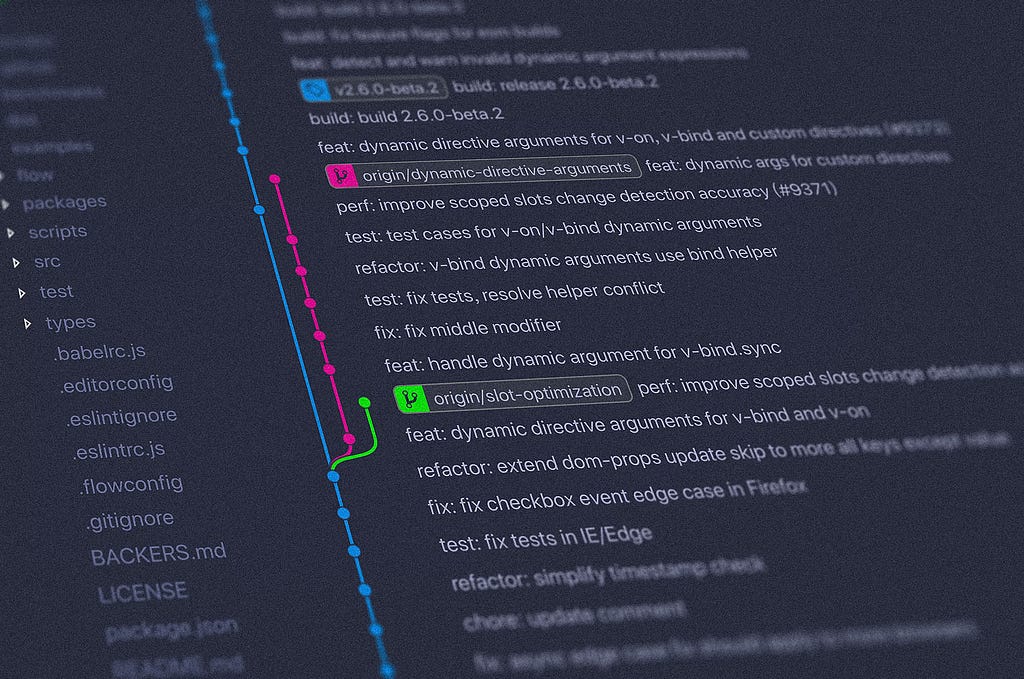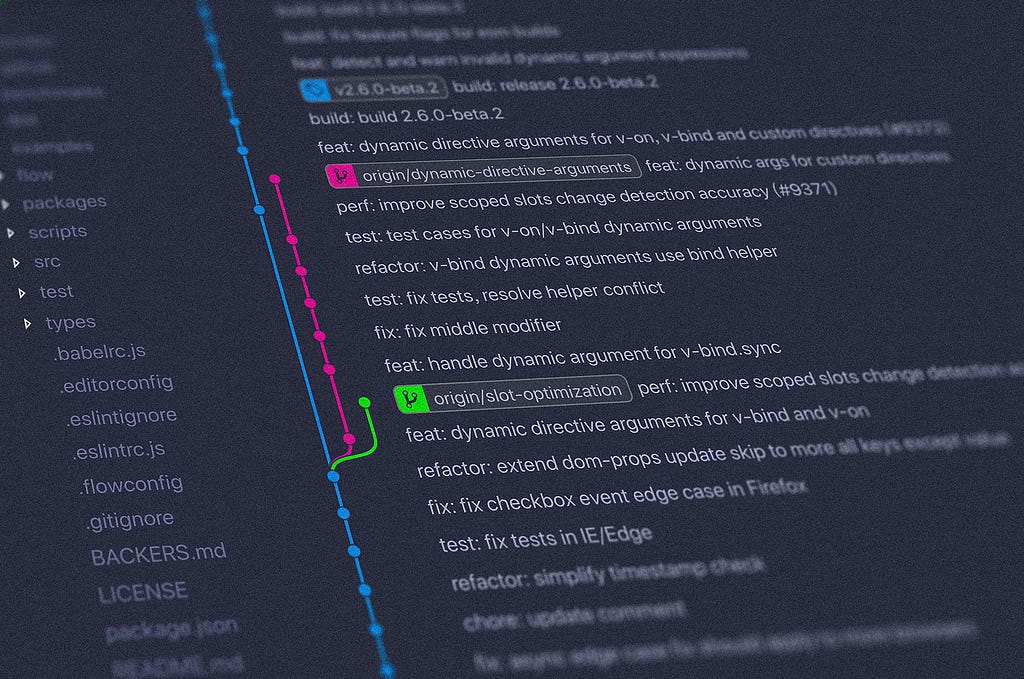Learn terminology, and become a better communicator

Dear (Future) Designer,
Let’s dive straight into it — the world of design often dangles the coding carrot in front of you, promising a brighter future if only you could become the master of all codes. But hold up, let’s pause and take a closer look at this narrative.
In today’s design landscape, it’s not about becoming a coding virtuoso but about conversing fluently in the language of the digital realm. Understanding the basic syntax of HTML, CSS, or JavaScript can indeed be an asset, yet the real power lies in comprehending the foundational concepts behind these languages.
Imagine this scenario: You’re sketching out a captivating user interface, crafting each visual element meticulously. You then discuss the layout with your engineering counterpart, aiming for a harmonious translation of your vision into the digital realm. Suddenly, a terminology mismatch blindsides you both! You’re describing the same elements, but using different dialects — your visual designs versus the technical language of development.
Now, here’s where the magic happens. Knowing that the button you’ve meticulously designed in Figma and the <button> element in HTML are fundamentally the same thing. That applying certain CSS styles will allow it to more closely match your designs. That’s your golden ticket to the design-engineering fusion dance. You’re not expected to delve into the intricate backend operations or decipher complex algorithms. Hell, you don’t even have to know exactly which styles to apply, or which functions to attach. Instead, it’s about identifying these direct parallels—where your design creations align with the technical elements of the digital landscape.
Knowing a bit about code doesn’t mean a designer has to become an expert coder, but simply understand a developer’s perspective.
—Toptal, Coding for Designers
Understanding this fundamental overlap is your ticket to harmonious collaboration with your engineering peers. It’s about recognizing that your creative designs materialize into tangible digital components — like buttons, forms, or navigation bars — in the web’s coding language.
We’re at a crossroads where design and code aren’t parallel tracks but intertwined threads weaving the digital fabric. As a designer, your prowess doesn’t lie in becoming a coding powerhouse, but in becoming a fluent translator between the worlds of design and development. You’re the linchpin that ensures the seamless translation of vision into digital reality, understood and executed harmoniously by all.
For designers, learning to code will give you a wider perspective, and give you more life experience to draw from when designing
—UXPin, Should Designers Code?
So, future designer, don’t be intimidated by the coding craze. Embrace the foundational concepts and you’ll quickly become the force that binds design and development together. It’s not about learning to code; it’s about speaking the same dialect for a more cohesive, collaborative, and impactful design journey.
Designingly yours,
Paul
P.S. Remember, it’s not about code, it’s about comprehension.
For more selected reading on this topic:
Dear (Future) Designer is a series of things I wish I had known earlier in my career. Things I wish someone had told me, before or shortly after embarking on this journey. To make things just a little bit easier for those of you out there who are trying to carve their own path in the world of design.
Dear (future) designer: don’t learn how to code was originally published in UX Collective on Medium, where people are continuing the conversation by highlighting and responding to this story.

Leave a Reply